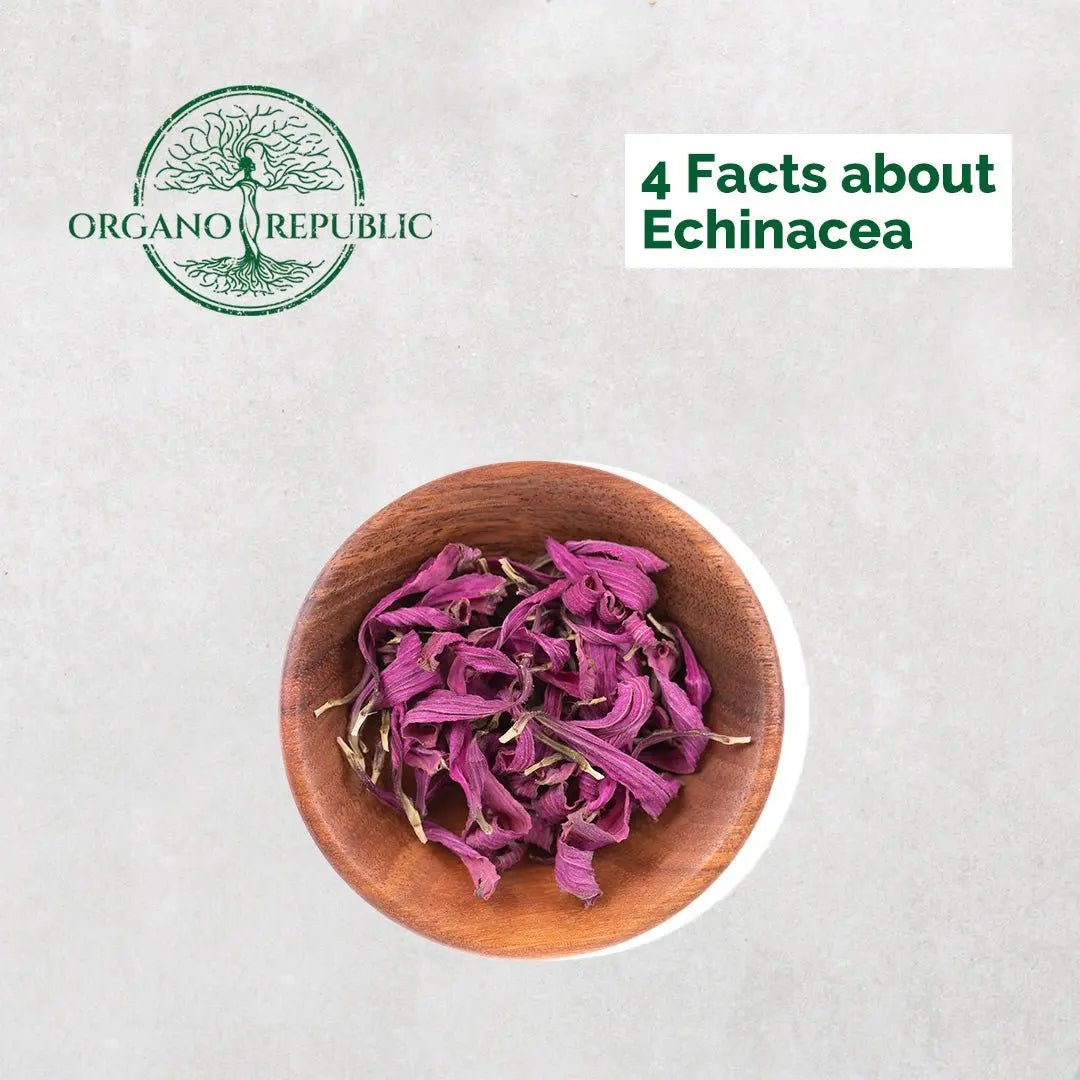The soil can be rocky, but most importantly, do not plant in wet, muddy soil. To conserve moisture and keep weeds out, mulch plants with compost during planting.
2) Echinacea grow in bushes, deeply rooted in the ground. Choose a site for planting once; preferably, do not transplant the plant. How big an adult bush will depend on the variety, so read the plant description to determine the distance between them. Leave between the bushes the same space the echinacea is expected to grow in width.
3) Echinacea perennials grow from 12 to 36 inches wide and up to four feet tall. They rarely require a tie, but plants growing in partial shade become tall and flexible, which entails special care.
4) Unless your garden is deficient in specific nutrients, most perennials do not require seasonal fertilization; mulching in the spring is sufficient. However, conduct a soil analysis in case of a large amount of foliage, the absence of flowers, or strange coloring of the leaves. Determine which nutrients your plants are lacking and apply appropriate fertilizers.








